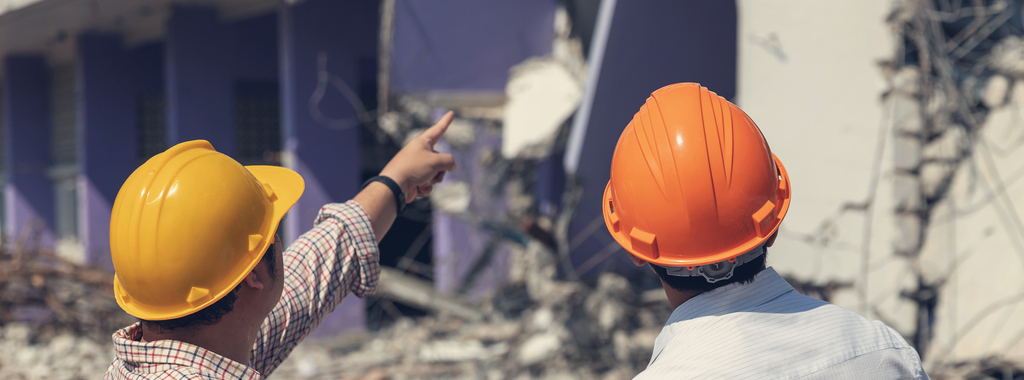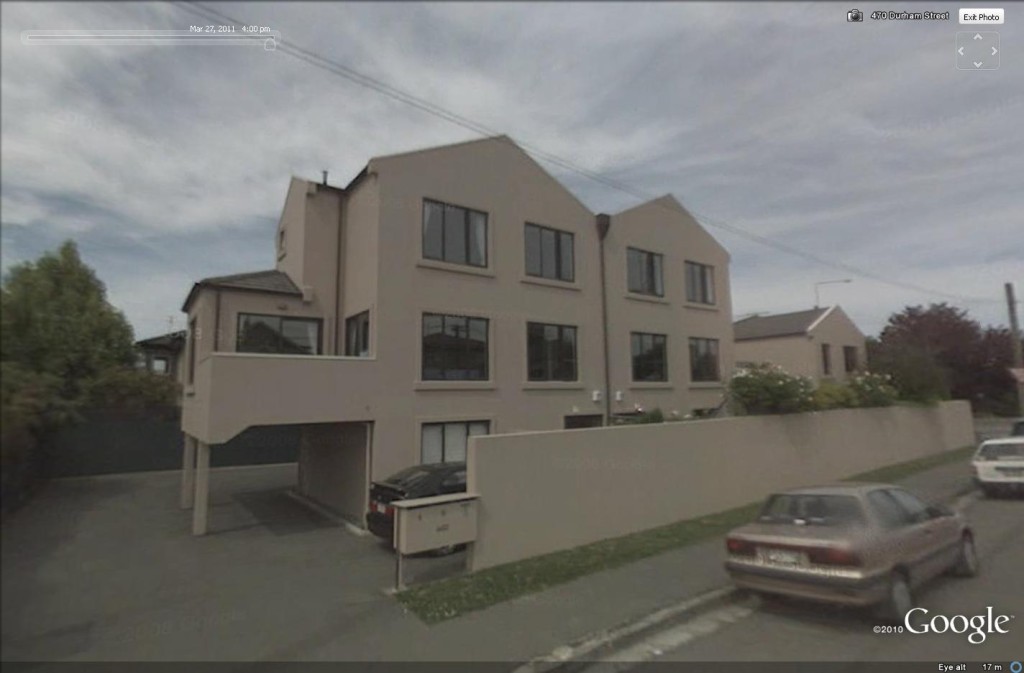The Structural Engineers Association of Northern and Southern California hosted the third annual Buildings At Risk ǀ Earthquake Loss Reduction Summit in Los Angeles on October 8 and in San Francisco on October 15. Robust panel presentations and discussions presented by professionals from diverse yet complimentary fields targeted a mixed audience of building owners, architects, engineers, government officials, insurance representatives, and financial industry representatives.
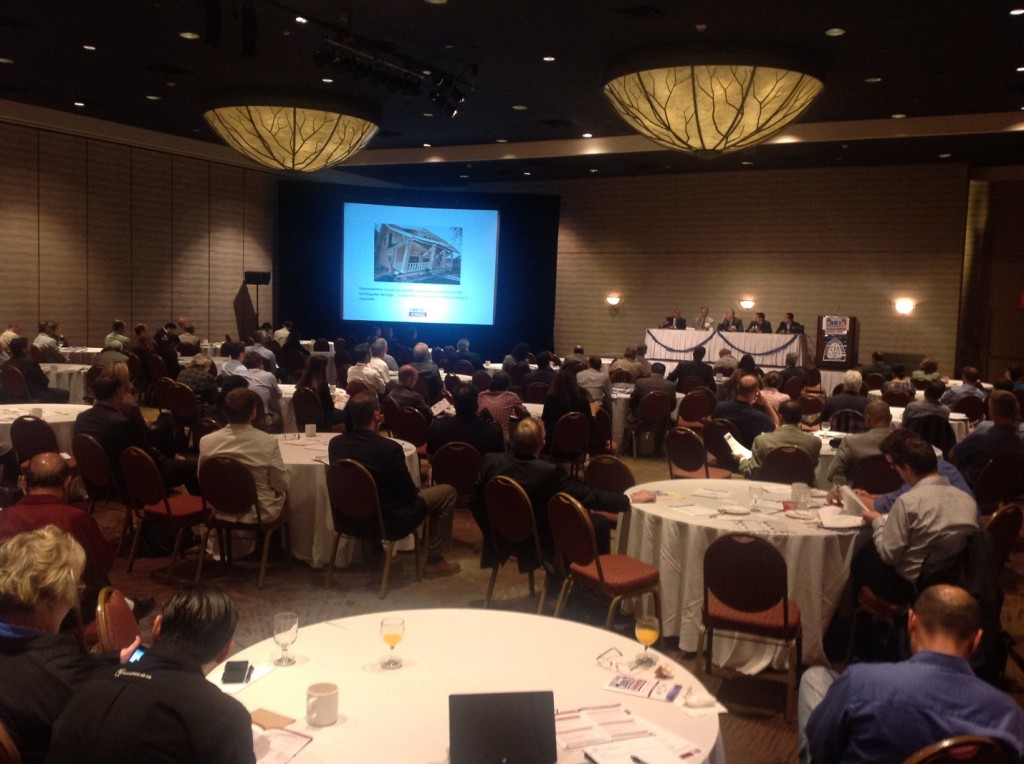
The first panel, The Single Building and the City: Why Every Building Counts, discussed community vulnerability due to our increasing interconnectivity and how the demise of certain individual buildings from a seismic event could have large detrimental affects on the initial response and recovery of the city or the region they’re located within. Buildings which house important or widely used computer networks and servers or the major employer of a community are just a few examples.
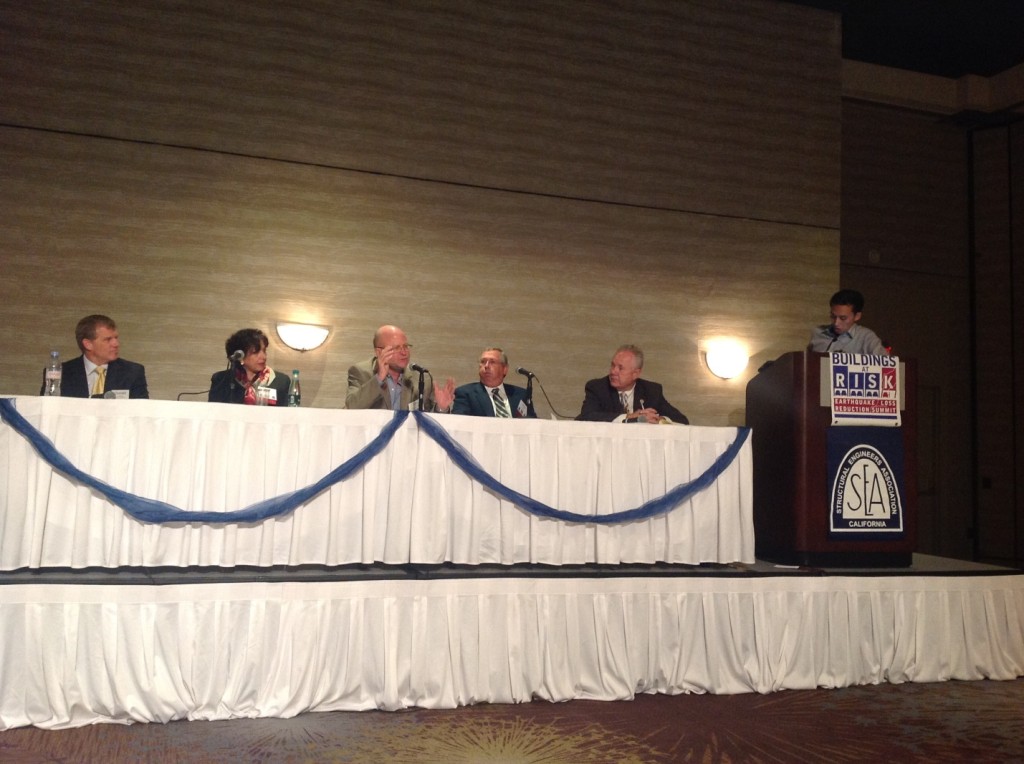
Los Angeles Times reporter Ron Lin moderated the second panel, The Current Situation, which included the value and credibility issues associated with the current Probable Maximum Loss (PML) system, meant to identify the loss resulting from a hazard (e.g., earthquake) for a given building. The panel reviewed the damage of the Central Business District (CBD) caused by the Christchurch Earthquake where only two buildings collapsed, yet approximately 70% of the CBD had to be demolished due to the damage. Whether this was satisfactory performance led to the response, “It depends”. For buildings built to the code minimum, a minimal number are expected to collapse after a major earthquake, while extensive damage is anticipated.
However, while the code performance expectation was seemingly met, it was discussed whether this amount of damage should be acceptable from a societal and resiliency perspective. Briefly reviewed was the U.S. Resiliency Council’s 5-star building rating system which offers a market based approach to improving the strength and resiliency of the existing and newly built environment by giving owners and occupants clear information about the expected performance of their building. A certification and peer review process would be necessary to maintain credibility of such a system. Buildings built to the minimum requirements of the code would only be able to obtain a 3-star rating, recognizing that significant damage, possibly requiring demolition, might occur after a major earthquake.
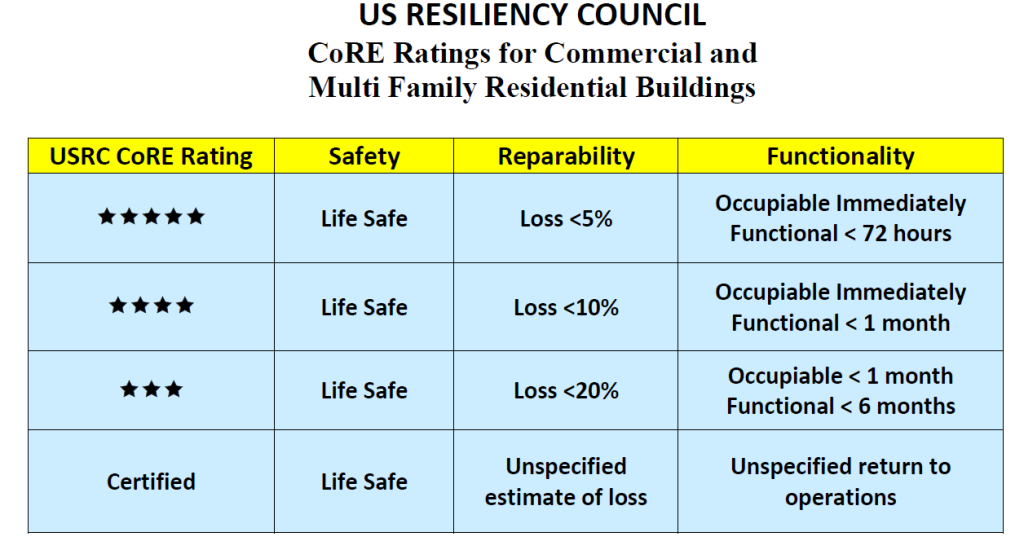
The third panel, Addressing the Problems, discussed various ways to address seismic risk including identification of the hazards, the vulnerable buildings, and the community’s important structures other than those typically considered, such as those buildings serving many in the community (e.g., power or telecommunications or computer servers) or those containing many housing units or the community’s primary employer(s). The need to develop a strategy is important and would vary based on the community’s character, who would be affected, the community values, affordability, businesses that drive the economy, and other factors. Some companies are in extremely competitive industries where they’d lose large market share if they were not up and running within a few weeks. The Oregon Resiliency Plan was one example given.
The final panel, Partnership & Policy, discussed recent policy efforts including San Francisco’s mandatory wood frame retrofit ordinance requiring “the evaluation and retrofit for multi-unit soft-story buildings.” Another recent effort is the California Residential Mitigation Program’s (CRMP), a joint-exercise-of-powers entity formed by CEA and Cal OES, Earthquake Brace + Bolt residential seismic retrofit pilot program for 10 homes with cripple walls in each of two zip codes in Oakland and Los Angeles, CA, which may provide up to $3,000 towards seismic retrofit expenses.
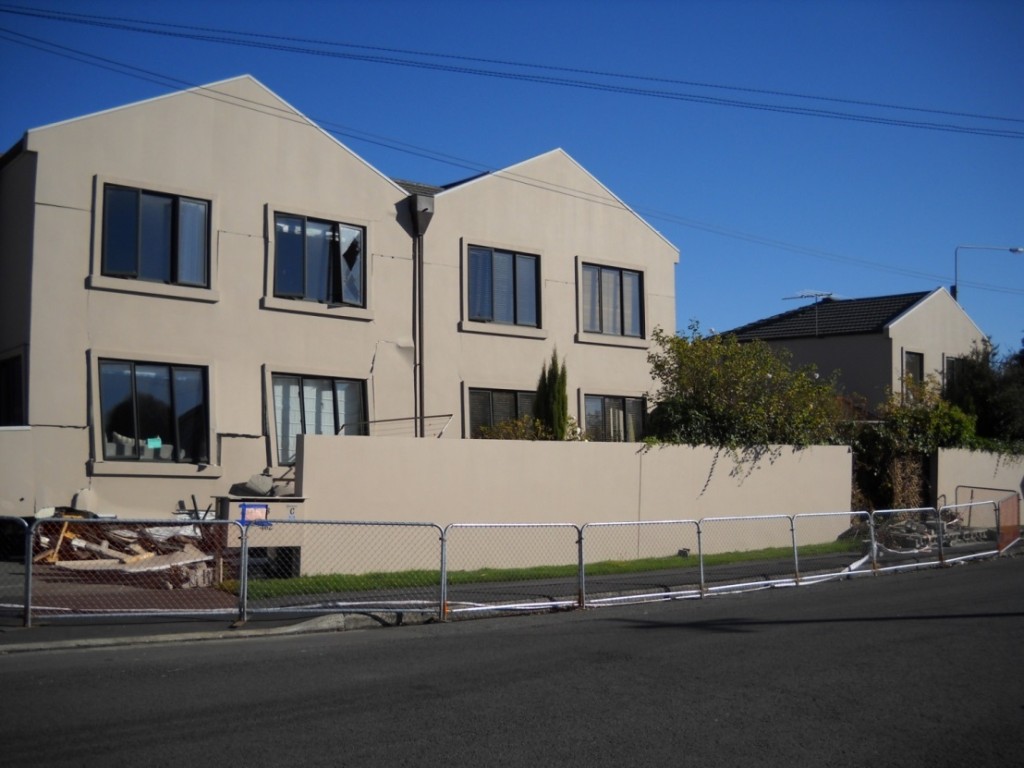
Several items considered by the panel included possible incentives to facilitate action as well as the issue that most businesses not open within six months after a disaster will fail, making the need to recover quickly important. The mechanisms of recovery used by building owners such as government assistance and insurance (only 17% of California homeowners have earthquake insurance as recently reported in the Los Angeles Times) are probably not enough to cover all loss and may require a lengthy time to implement. Also, performing an adequate and verified retrofit to a code or standard, such as IEBC Chapter A3, was pointed out as important as a past ABAG survey (page 8) found only about 30 to 50% of home retrofits in selected Bay Area cities were being done properly.
The week after the BAR Summit, the Los Angeles Times ran a series of articles on the need to inventory and develop a strategy to address non-ductile concrete buildings in the city and two council members made motions for review of pre-1976 concrete buildings.
The 2013 Buildings At Risk ǀ Earthquake Loss Reduction Summit continued providing education and dialog with the community, while moving talks and efforts forward to help create stronger, more resilient and sustainable communities. Damage to all or portions of our built environment could greatly affect each of us locally, regionally and even nationally, requiring the development of strategies to mitigate risk.
What are the hazards and strengthening needs in your community and the efforts towards making it more resilient? Let us know by posting a comment.
– Jeff
What are your thoughts? Visit the blog and leave a comment!



